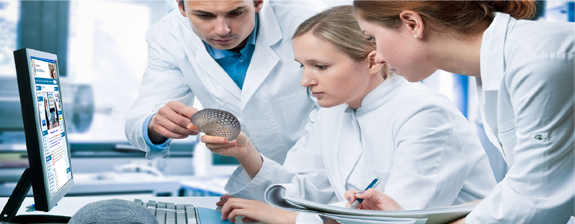Regenerative dentistry is an emerging and interdisciplinary field that seeks to restore the structure and function of damaged dental tissues using principles derived from stem cell biology, tissue engineering, and molecular science. This review paper offers an in-depth overview of the development, ideas, and prospects of regenerative dentistry treatments. By integrating biologically driven approaches with clinical practice, regenerative dentistry offers promising alternatives to conventional dental treatments such as root canals, implants, and prosthetics. The key components of regenerative procedures—stem cells, scaffolds, and growth factors—form the triad of tissue engineering, enabling the regeneration of dentin-pulp complexes, periodontal tissues, and even whole teeth. Various types of stem cells, including dental pulp stem cells (DPSCs), stem cells from human exfoliated deciduous teeth (SHED), and mesenchymal stem cells (MSCs), have shown potent differentiation capabilities critical for oral tissue regeneration. Scaffolds, both natural and synthetic, play a vital role in promoting cellular proliferation and matrix deposition, while growth factors such as BMPs, TGF-β, and platelet-derived concentrates further enhance tissue healing and integration. The article also traces the historical milestones that have shaped this specialty and highlights pivotal clinical studies that support its efficacy. Although significant advancements have been made, challenges remain in standardizing protocols and translating laboratory successes into predictable, routine clinical applications. Nonetheless, regenerative dentistry holds immense potential to revolutionize dental care, offering biologically sound, patient-specific, and minimally invasive treatment modalities. Continued interdisciplinary research and clinical trials are imperative to fully realize its trans formative impact in oral healthcare.

